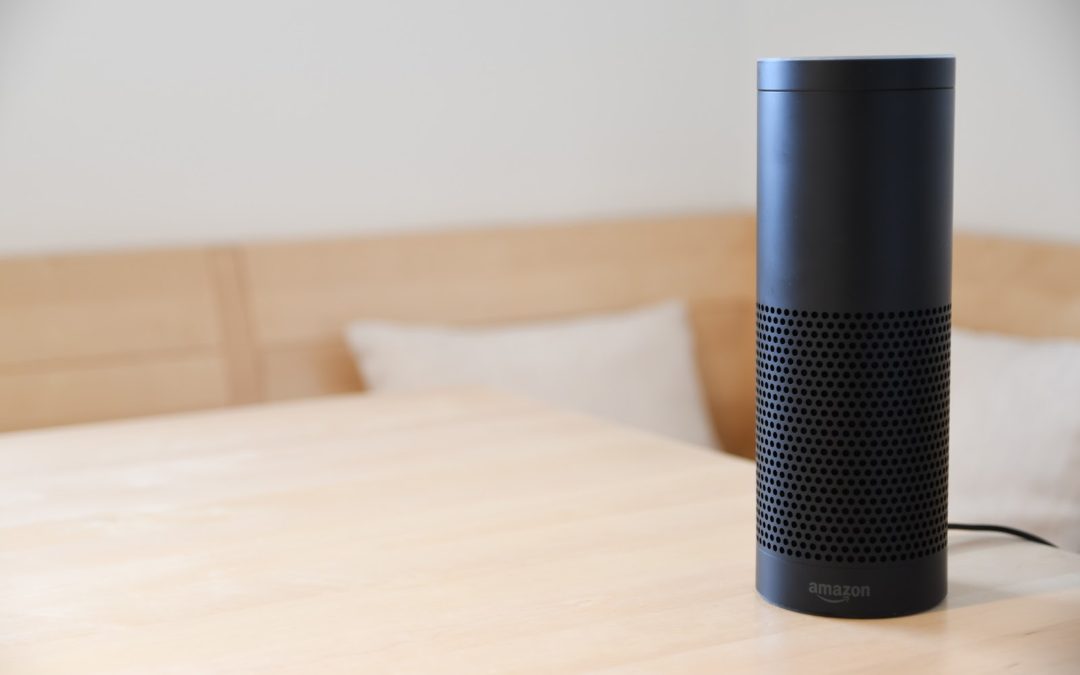From smart speakers to self-drive cars, there’s a growing push towards even greater connectivity in our homes, offices and our transport systems. This so-called Internet of Things only looks set to develop as technology allows us to sync our phones with our cars, our heating and our lighting systems allowing us full remote access from anywhere in the world with a 4G or Wifi connection.
There area clearly many plus points in favour of inter-connectivity but some more serious downsides too. In this blog, we take a look at how the Internet of Things is changing lives, for the better and for the worse.
Advantages of interconnected lives
When you reach old age staying in your own home would be the ideal scenario for as long as possible would be the ideal scenario for most of us. No one really wants to lose their independence or be moved against their will into unfamiliar surroundings. This is where the IoT really comes into its own.
With smart speakers that can control lighting, tell you what the room temperature is and set timers for medication, the IoT can play an active role in maintaining independence. But more than that, there are devices out there that can be placed in fridges to check how many times a day they’re opened and ensuring that the resident is eating enough and regularly. Doorbells that allow not only the caller to gain access but feature video and audio capabilities to screen unwanted visitors.
Many older and vulnerable people will appreciate having a console that can be turned on by a voice command and summon help at a shout or one-word response. These devices, no bigger than a tablet, can also be used to video call friends and family and get in touch with a central agency, monitoring the home and well being of the resident in a hands-off, unseen and remote location.
Image from Pexels
The downsides
Security will always remain the number one issue with the threat of a virus of hacker able to take down the system and infect those inter-connected paths. One of the issues yet to be addressed is that of devices that stand-alone, a smart light bulb for example, while it can be told to switch on and off, it doesn’t necessarily have its own operating system and therefore doesn’t have any software that can be updated against a cyber-attack. It is, therefore, vulnerable as an independent piece of technology.
With companies such as Sylvania Connected Solutions working towards even greater connectivity on an even larger, urbanised level it seems clear that in the not-so-distant-future we will be part of the IoT. There are so many reasons why this is a great thing to look forward to, with more control over the running of our homes, the chance for more and more people to live independent lives and entertainment systems that know instinctively what music we’re in the mood for. For now, we watch and wait as the tech giants figure out how to make this as safe as possible for our connected future.



Recent Comments